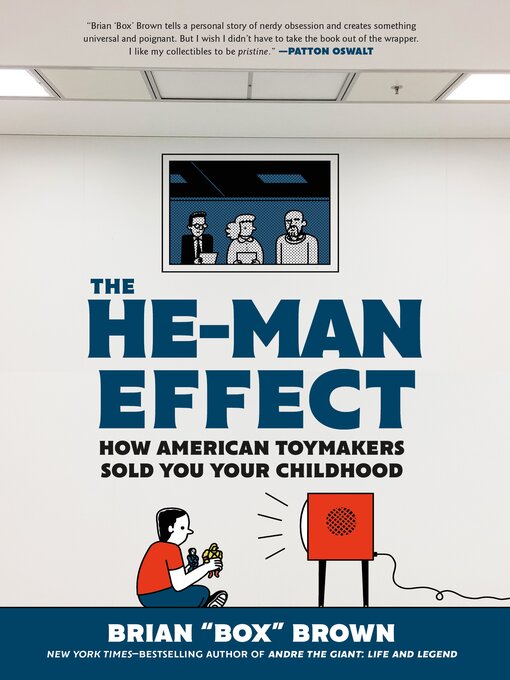Brian "Box" Brown brings history and culture to life through his comics. In his new graphic novel, he unravels how marketing that targeted children in the 1980s has shaped adults in the present.
Powered by the advent of television and super-charged by the deregulation era of the 1980s, media companies and toy manufacturers joined forces to dominate the psyches of American children. But what are the consequences when a developing brain is saturated with the same kind of marketing bombardment found in Red Scare propaganda?
Brian "Box" Brown's The He-Man Effect shows how corporate manipulation brought muscular, accessory-stuffed action figures to dizzying heights in the 1980s and beyond. Bringing beloved brands like He-Man, Transformers, My Little Pony, and even Mickey Mouse himself into the spotlight, this graphic history exposes a world with no rules and no concern for results beyond profit.
- Available now
- New audiobook additions
- Most popular
- Celebrity Confessions
- Best of 2024
- See all audiobooks collections
- Favorite Magazines on OverDrive
- Food & Wine Magazines
- Health & Fitness
- Revistas
- Chinese Magazines
- Japanese Magazines
- See all magazines collections




